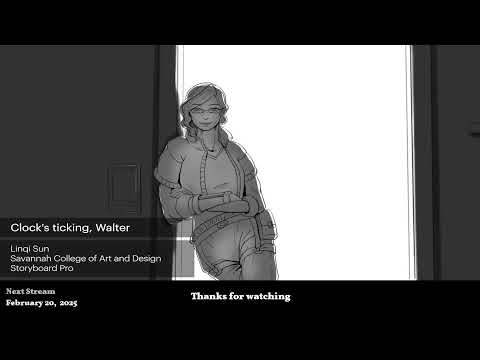Your Cart is Empty
Customer Testimonials
-
"Great customer service. The folks at Novedge were super helpful in navigating a somewhat complicated order including software upgrades and serial numbers in various stages of inactivity. They were friendly and helpful throughout the process.."
Ruben Ruckmark
"Quick & very helpful. We have been using Novedge for years and are very happy with their quick service when we need to make a purchase and excellent support resolving any issues."
Will Woodson
"Scott is the best. He reminds me about subscriptions dates, guides me in the correct direction for updates. He always responds promptly to me. He is literally the reason I continue to work with Novedge and will do so in the future."
Edward Mchugh
"Calvin Lok is “the man”. After my purchase of Sketchup 2021, he called me and provided step-by-step instructions to ease me through difficulties I was having with the setup of my new software."
Mike Borzage
V-Ray Tip: Enhancing Realism with Advanced Ray Tracing Techniques in V-Ray
January 17, 2025 2 min read

Maximizing realism in your renders often hinges on effectively utilizing V-Ray's ray tracing capabilities. Here are key strategies to enhance realism through ray tracing:
- Understand Ray Types: V-Ray employs different types of rays such as reflection, refraction, and shadow rays. Familiarize yourself with how each ray type interacts with materials to create realistic lighting and shadows.
- Optimize Reflection Depth: Adjust the reflection depth settings to control how many times rays bounce between surfaces. Increasing reflection depth can enhance realism but may impact render times. Balance is key for optimal results.
- Utilize Advanced Raytracing Features: Leverage features like adaptive rays and distributed ray tracing to improve render quality. These features allow V-Ray to allocate more rays to complex areas, reducing noise and enhancing detail.
- Implement Accurate Material Properties: Realistic materials rely on accurate reflection and refraction indices. Ensure your materials in V-Ray have precise settings for properties such as glossiness, roughness, and index of refraction.
- Enhance Global Illumination: Combine ray tracing with global illumination (GI) techniques to simulate indirect lighting. Properly configured GI complements ray tracing, resulting in more lifelike scenes.
- Control Ray Bias: Adjust the ray bias settings to prevent artifacts like shadow acne or light leaks. Proper bias settings ensure rays interact correctly with surfaces, maintaining visual integrity.
- Use Ray Shadows: Enable ray-based shadows for more accurate shadow rendering. Ray shadows consider the actual geometry and light interactions, providing more detailed and dynamic shadow effects.
- Leverage V-Ray’s Brute Force and Light Cache: These GI engines work in tandem with ray tracing to distribute light more accurately across the scene. Fine-tuning their settings can significantly enhance realism.
- Implement Depth of Field: Combine ray tracing with camera settings to create depth of field effects. This adds a layer of photographic realism, guiding the viewer’s focus and adding depth to the render.
- Monitor Render Elements: Use render elements to debug and fine-tune ray tracing settings. Elements like reflection, refraction, and shadow passes provide insights into how rays are interacting within your scene.
- Stay Updated with Tools and Plugins: Utilize resources from platforms like NOVEDGE to access the latest tools and plugins that can enhance V-Ray's ray tracing capabilities. NOVEDGE offers a variety of resources that can streamline your workflow and push the boundaries of your renders.
By meticulously adjusting V-Ray's ray tracing settings and leveraging advanced features, you can achieve unparalleled realism in your renders. For more tips and resources, explore offerings from NOVEDGE to elevate your V-Ray projects.
You can find all the V-Ray products on the NOVEDGE web site at this page.
Also in Design News

2D/3D Animation:Collaboratory with Mike Morris and Aaron Paetz
February 20, 2025 1 min read
Read More
ZBrush Tip: Enhancing Organic Sculpting Techniques in ZBrush: Key Tips and Resources
February 20, 2025 2 min read
Read More
Revit Tip: Mastering Revit's Edit Profile Tool for Customized Design Efficiency
February 20, 2025 2 min read
Read MoreSubscribe
Sign up to get the latest on sales, new releases and more …


